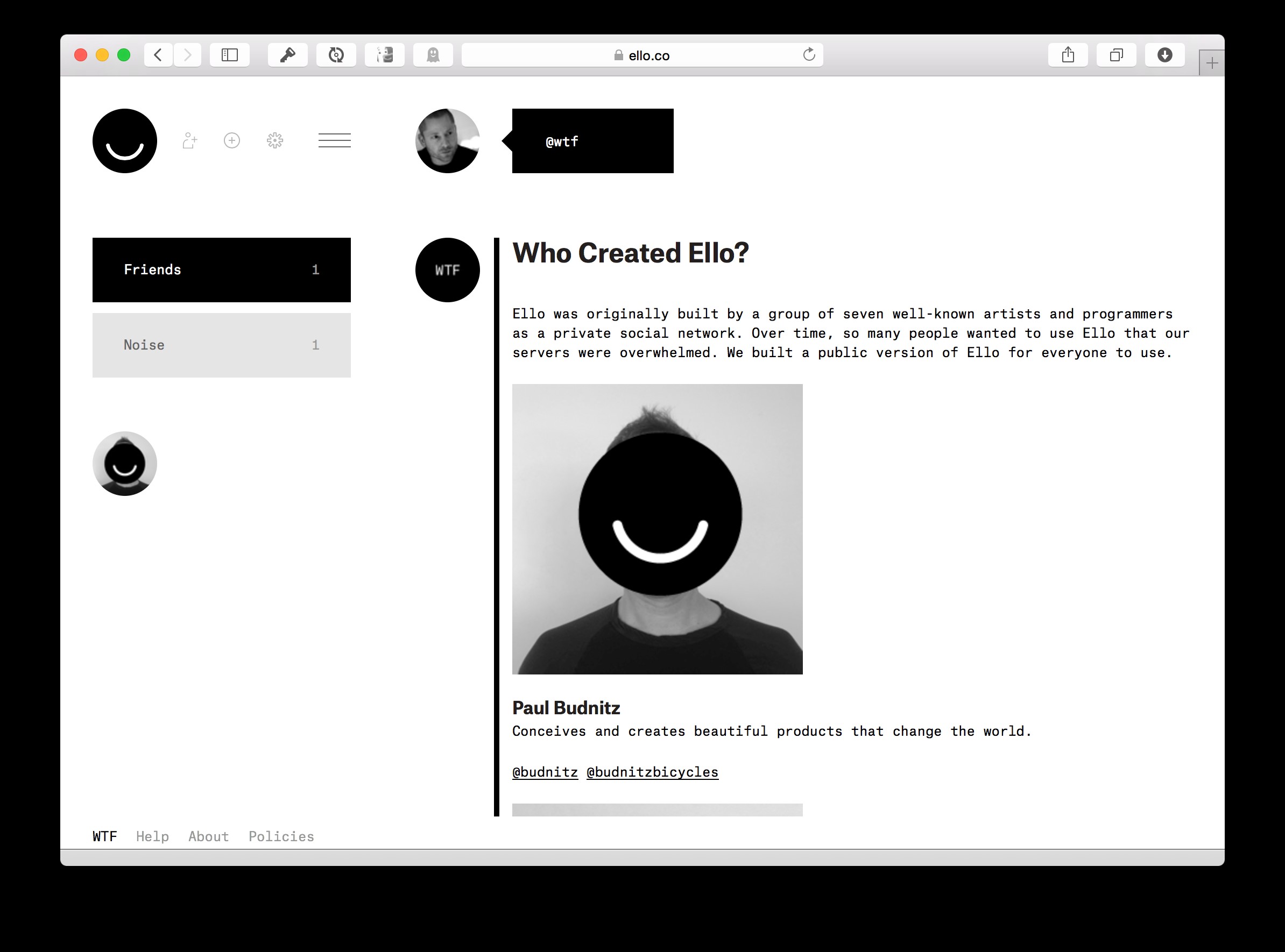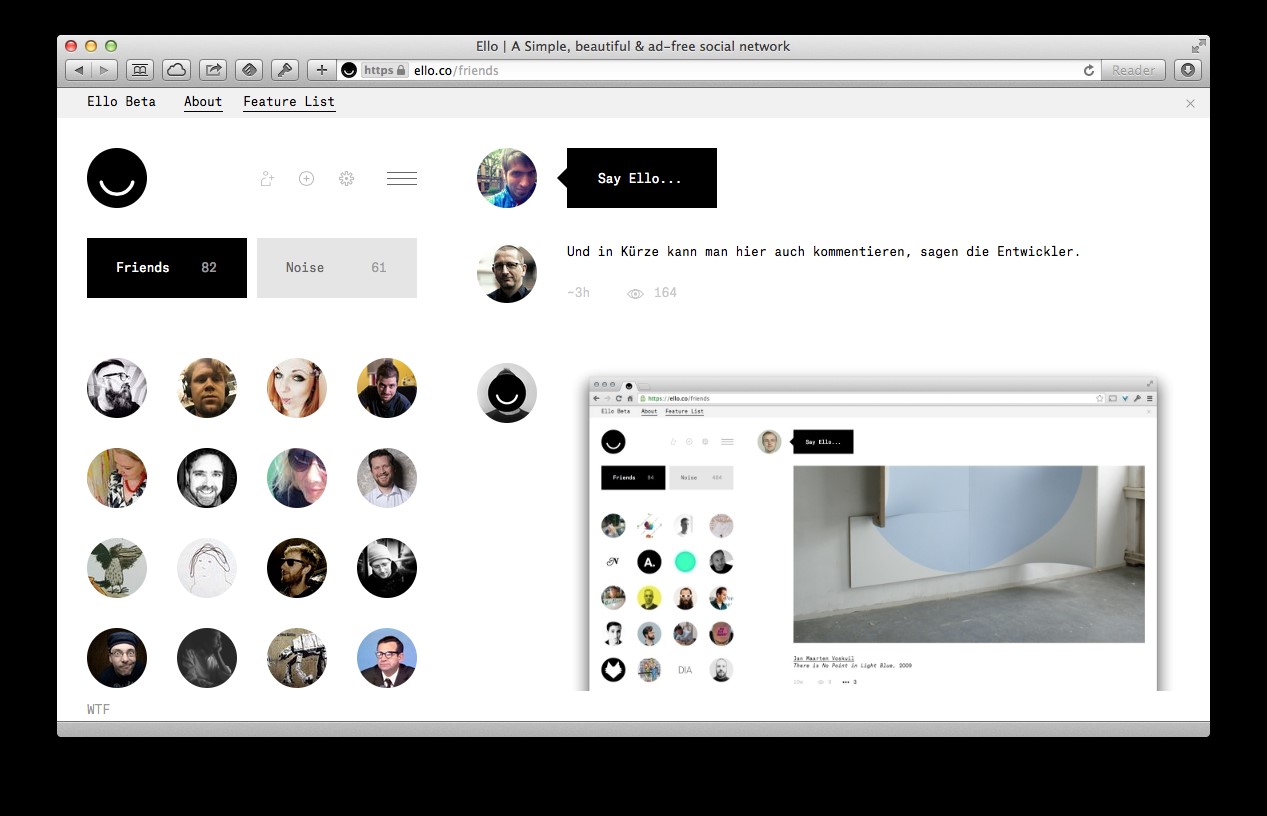Spring 2022 ︎ SUNY Purchase ︎ (DES3800) Design for Web & Screens
Spiel:
Social networks & historic connections

Background
Social networks, defined pretty loosely here, are places where people gather via the use of a shared technological tool, usually one accessed by “illicit”, extended, or accidental means. This term is associated with the contemporary iteration of the internet, but we’ll see two examples that are closely related.This spiel is meant to help you ideate for your project as well as to talk about the history of how people have used technology to connect with eachother in different times. As the internet enters a new era it can be easy to think of your experience of the internet as being one relegated to a few apps that do more and more things. Some of these networks or apps you may be familiar with but I’ll try to highlight
-
What it was like from an experiential perspective
-
How the technology of the time informed the network/connection
Phone Phreaking
Bulletin Board Systems
Bulletin Board Systems were a bit before my time, but if you see VC’s talking about their early nostalgic days on the internet, they often mention running or using BBS’s. Before the public internet these were small, localized networks, and ultimately functioned not unlike a contemporary forum or subreddit and related sub-community. You could also trade files; this is how DOOM initially distributed their shareware software.
AOL Profile Pages
I couldn’t find any good pictures of this but you used to be able to could customize your profile page on AOL, changing colors and adding illusory fields.If you’re unfamiliar, AOL was a separate program that you’d used to connect to the internet and use chatrooms. This became increasingly popular because it was more user friendly for people who were less technologically inclined. Also to be clear this was different than AOL Instant Messenger which was exclusively the messaging component of AOL.

Friendster
This was the first more contemporary “social network” I remember being on which took off slightly before MySpace became popular. It is hard to find screenshots of it, but it established a lot of the formal characteristics of screen/desktop-based social media sites (friends, a curate-able list of top friends, a wall for comments, and a display of your preferences and interests). 

MySpace
Now here’s what I call a social network. MySpace is where every band I was in, or was friends with was posting their music. Some of this was to do with the proliferation of Flash (which we’ve talked about previously) and its ability to embed richer content; in this case audio and video. It’s where Jeffree Star and Tila Tequilla started, and where you vied for someone’s Top 8 and maybe their heart. MySpace also had an interesting in issue that it didn’t, or they forgot to stop people from being able to insert HTML and CSS into your page allowing for kinda cruddy but relatively robust customization. Below are a couple of examples, and here’s a page that talks about some of that “coding legacy”︎


Facebook
You already know what it is. Facebook “overtook” MySpace through it’s clean design and its original emphasis on your account being associated with a “real” (intially school or college) email and the related institution. I remember people excitedly waiting for their school to be added. Facebook has grown to a behemoth that is kinda outta control, which was to some degree a testament to their discipline and smarter management of their site.Path
Path was an interesting idea that didn’t really go anywhere. Path’s “thing” was based around Dunbar’s Number, the idea that you can only retain meaningful friendships with a relatively small amount of people. In other words, Path limited you to 150 friends; thus the sharing was more intimate and meaningful. However it failed to differentiate itself from Facebook, Instagram or Twitter. Ello
They seem to have pivoted their site to more of a pinterest-esque model, but originally had a spartan design and was marketed as a social media network for artists.
Their thing was that they were free of ads, and fallout associated with that, and to my mind, the invites I received were people I went to art school with who hated facebook; their audience seemed to be pretty targeted to a degree.

Yo
This is technically a “messaging” application, however to my mind, it exemplifies, the absurdity of Sillicon Valley and VC Funding. Below is an endearingly bad video of the app, and here’s an article showing it hands on︎Twitter (history with SMS)
The original length of tweets (140 characters) was based on the SMS standard. This gave tweets their characteristic brevity, but what may not be obvious is that how, pre-smartphones (the image below shows someone using a Blackberry Storm, which is technically a smartphone but was one of the worst phones I’ve ever used) and Twitter as an app, using Twitter via text message was popular. Speaking from personal experience, I remember watching presidential debates in 2008 and seeing live tweets from @FakeSarahPalin and how this experience felt new. More relevant to history was how Twitter allowed people in the 2010’s events like the Arab Spring to organize protests and distribute information without mainstream media.Digg
Before social media networks could share articles and websites in a standardized way, people used Digg to share sites that they enjoyed. Digg also had a related show called Diggnation, in which the hosts talked about popular “dug” sites that week. While Digg was a website that people checked, many blogs could easily embed a “digg button” that allowed the website to increase its related visibility on Digg, so you had a sense that the top “dug” links reflected what people were interested in.Twitch
You’re probably more involved with Twitch than me but I wanted to highlight this as an app that has been utilized for a variety of purposes beyond its original intentions. Not only can you watch the best Fork-knife players but also people licking binaural microphones, speed dating, IRL streamers making hot dogs, and people reporting on the news faster than CNN or Fox News. Clubhouse
Clubhouse is kind of the perfect storm of a contemporary app. It was a simple mechanism (allowing you to talk to folks in “audio chatrooms”) that was more easily possible with contemporary audio filtering technology, internet bandwidth. It was somewhat familiar because people experienced Zoom during the early part of the pandemic. The other part of this “perfect storm” is that is so simple it was easily subsumed into other apps with Twitter and Discord creating very similar features for their apps. Tabletop Simulator
I don’t have any personal experience with this app, but watched a bunch of people using it when Secret Hitler came out (which is a really fun game if you haven’t heard of it, or enjoyed Among Us). Just wanted to highlight this as a way that people can connect through an app that doesn’t do anything technically “new” but allows more people to experience an indie board game or meet with their D & D playgroup. I’d group apps like Spelltable (which allows people to use their webcams to play Magic: the Gathering) or websites like Roll 20 that facilitate people playing D&D.Discord
Discord I think of as generally “Slack but for gamers” which really does a disservice to how discord has changed certain things. It allows almost any modestly sized community to have its own semi-private community or allows game developers to not have to implement audio chat.Reddit
Reddit is similar to the above in that it allows people to connect on a given topic and share specialized news. While Reddit has its own reputation (that is to say, calling someone a “reddit user” might be viewed as an insult), it provides a robust and vast cornucopia of communities related to specific interests as well as general news. Occasionally, subreddits like r/anti_work or r/wallstreetbets make the news. Note that reddit was quite similar to digg but survived where Digg failed. ︎Back to Design for Web & Screens